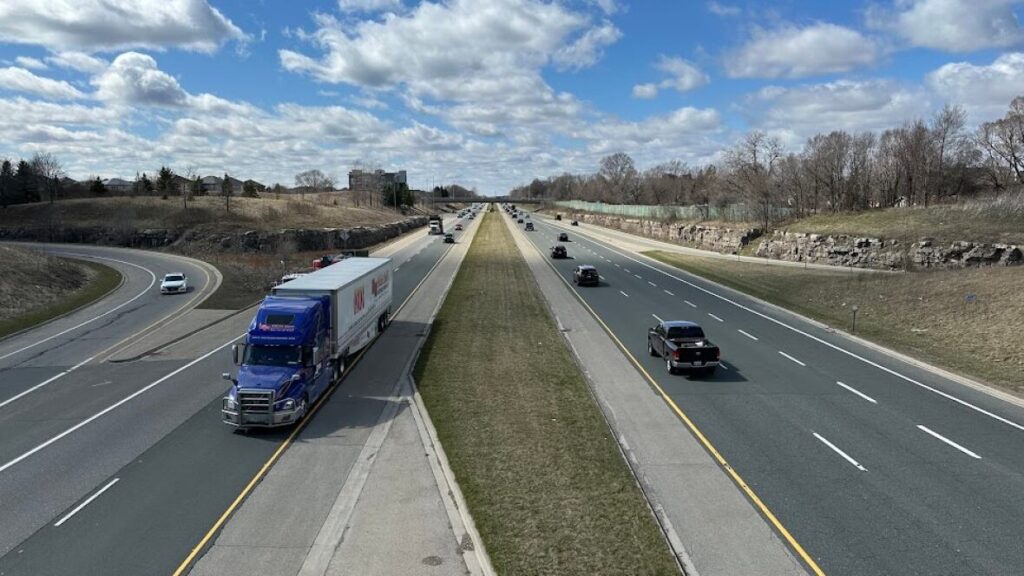
Introduction
The recent announcement of the Linc closure has stirred significant concerns within local communities and businesses across Canada. As a pivotal transportation corridor, the Linc not only facilitates urban mobility but also serves as a vital connector for numerous neighborhoods, commercial zones, and essential services. The closure raises questions about its implications for traffic, accessibility, and economic vitality.
Details of the Closure
The Linc, a major roadway in Hamilton, Ontario, is slated for closure due to necessary infrastructure repairs and upgrades announced by the city’s transportation department last week. Officials stated that the work is critical for ensuring safety and longevity, addressing wear-and-tear issues that have increased over the years. The closure is expected to last for six months, starting November 1, 2023, and will involve lane reductions and diversions of traffic. During this period, detours will be implemented to guide commuters through alternative routes.
Impact on Local Communities
Local residents and businesses are anticipating the impact of the Linc closure with unease. The road closure will likely lead to increased traffic congestion on surrounding streets, which could deter customers from visiting local stores and services. Business owners are expressing concerns over potential declines in foot traffic and sales, particularly in the retail sectors neighboring the Linc. “We rely on the Linc to bring customers to our stores,” stated a local shop owner. “Anything that disrupts that flow can be detrimental.”
Community Response and Alternatives
In response to the impending closure, community leaders are working to find solutions to mitigate the effects. Some local advocacy groups are promoting the use of public transportation, cycling, and walking as alternative methods to navigate the area. Changes in public transit schedules and the introduction of temporary shuttle services may also be considered as strategies to alleviate congestion and maintain access during the construction period.
Conclusion
The Linc closure is set to pose challenges for Hamilton’s residents and businesses, creating an atmosphere of uncertainty in the local economy. While improvements to the roadway are necessary for long-term infrastructure health, the short-term ramifications will demand community adaptability and resilience. Moving forward, staying informed and engaged will be crucial for navigating the challenges that arise from this closure, with many stakeholders advocating for timely communication from local authorities throughout the process.




